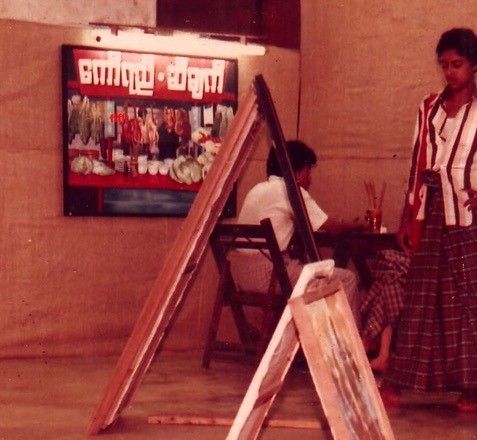Gangaw Village Art Group
Gangaw Village Art Group
Experimental art initiated in Myanmar
The Gangaw Village is a group of contemporary art as the earliest one in Myanmar. It was formed by university students and graduates who gathered at the Art Center, an independent organization in Rangoon Arts and Sciences University (RASU, present-day Yangon University). The group name, gangow, is taken from the evergreen tall tree (Nagkesar Tree, Ceylon Ironwood) many planted in the campus.
The group was formed on the occasion of the Gangaw Village Art Exhibition in 1979, and thereafter had exhibitions annually during the dictatorship period of Burmese Socialism. The exhibition was suspended more than a decade after the large democratization movement in 1988 which caused the closure of the Art Center, but the group remained active through frequent contacts among its members, which enabled the restart of their exhibitions in 2000 and onward. The group is a community tied in family trust with “a village chief” who leads the exhibition managements and “village people” who dine and discuss together.
Myanmar in the 1980s was under the Socialism military regime when the practitioners of new cultures from the West could be suspected as those with dangerous ideology which might upset the government, that led to heavy censorship. In such a period when there was little information coming in from abroad, the members of Gangaw Village developed experiments in art by their own efforts for free expressions such as abstract paintings, installations, and performances. From its activities appeared artists such as Aung Myint and San Minn who led the art scene in the 1980s through 1990s, thus greatly contributed to the introduction of contemporary art in Myanmar.

Group photo, First Gangaw Village Art Exhibition, 1979

San Minn, Food Stall, 1983 Photographer unknow Courtesy of San Minn
